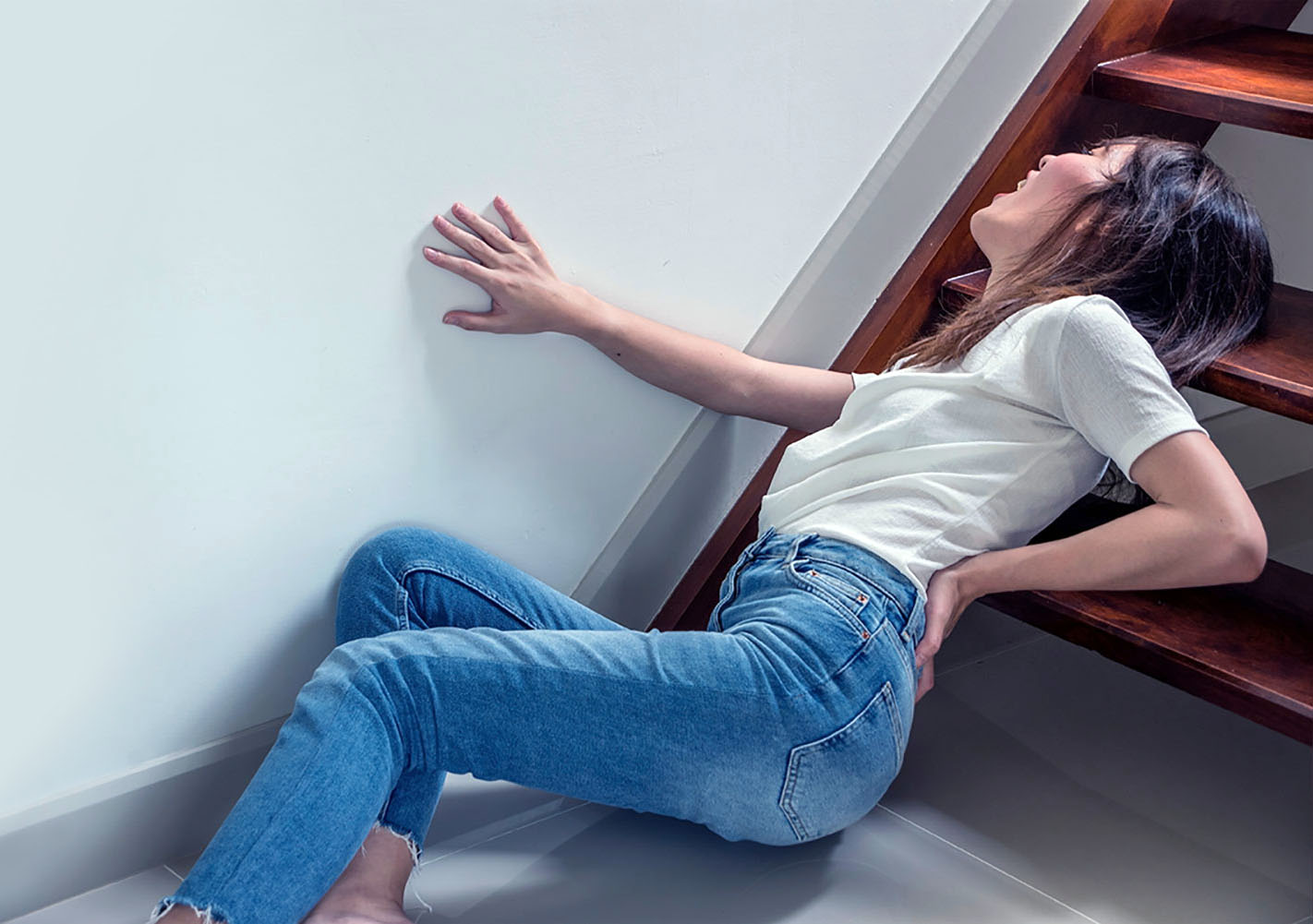Slip and fall accidents can result in serious injuries, and understanding the complexities of proving liability is crucial for those seeking compensation. We’ll explore the various conditions that can lead to slip and fall incidents and discuss essential steps to take in building a solid case.
Identifying Hazardous Conditions
Uneven pavement, improperly marked steps, folded-up floor mats, and wet floors are just a few examples of conditions that can contribute to slip and fall accidents. Recognizing these hazards is the first step in understanding the potential causes of an incident.
Gathering Evidence
To strengthen your case, it’s essential to gather compelling evidence. Here are some practical steps to consider:
- Photographs: Take detailed photos of the area where the fall occurred, focusing on the hazard and the surrounding environment. This visual evidence can provide context and clarity.
- Location Details: Note the specific location of the hazardous condition. This information can be crucial in establishing liability.
- Weather Conditions: Document the weather at the time of the incident. Understanding weather conditions helps determine how natural elements like ice or water might have contributed to the accident.
- Witnesses: Identify and interview any potential witnesses to the fall. Their testimonies can play a significant role in supporting your case.
- Reports: Report the fall and injury to the responsible party, such as a business owner. Document the date, time, and condition, and ensure that any hazards are addressed promptly to prevent further injuries.
Utilizing Surveillance Footage
If available, surveillance footage can be a valuable asset in proving liability. Requesting the preservation of video evidence is crucial, and a preservation letter from an attorney can formalize this request. In cases involving temporary conditions, obtaining footage from before and after the incident can provide essential insights into how the hazard originated and was handled.
Determining Fault
Understanding fault allocation is vital in slip and fall cases. Comparative fault rules apply, considering the actions of both the injured party and the property owner. Factors such as compliance with safety standards from organizations like ANSI and the NSC can influence the determination of responsibility.
Slip and fall cases require careful navigation through legal complexities. By following these guidelines and seeking the assistance of an experienced personal injury attorney, you can build a strong case and increase your chances of obtaining the compensation you deserve. If you’re in need of legal guidance, consider reaching out for a free case evaluation to speak directly with a dedicated personal injury lawyer. At Perez Law Group, we’re committed to practicing law in a way that prioritizes the well-being of our clients.
